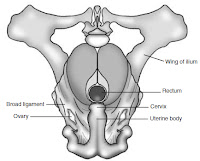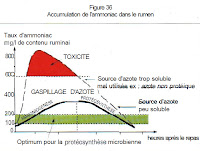Clinical Examination of the Female Genital System

Introduction Examination and assessment of the genital system is an important part of the veterinary management of dairy cows. The target on many dairy farms is for cows to achieve a calving to calving interval of 365 days. To achieve this target the reproductive performance of the cow has to be closely managed. Some consider this calving interval to be an unattainable and possibly undesirable goal in high yielding cows. On many farms it is only achieved by close monitoring of the cows’ reproductive performance and intervention with strategic hormone therapy. An assessment of herd fertility should involve examination of animals, including any problem animals, as they are presented for routine fertility checks. It should also involve consideration of the farm husbandry and management. Information required should include the overall disease profile of the farm, milk yields and both past and present fertility records. The cow has an average gestation length of 283 days. To achieve



